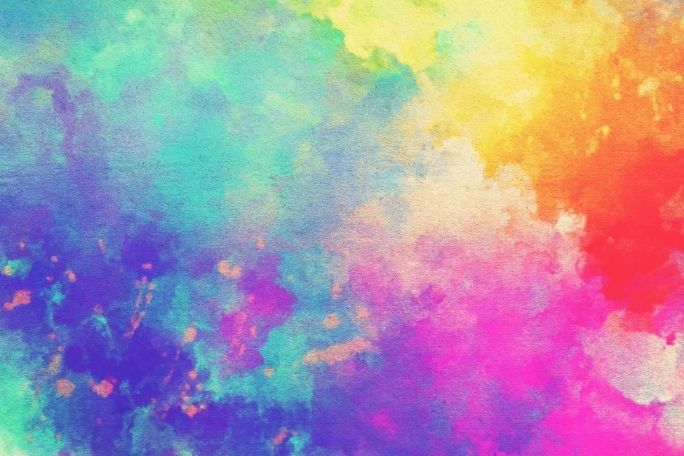Lesson summary
Students explore their school environment and consider how it makes them feel, focusing on aspects of sustainability. They identify areas in their school that could be enhanced to become more environmentally, socially or economically sustainable. With this information in mind, students imagine and create a design that represents their ideas on what a sustainable school would look like. Students use colour pencil drawing techniques to create their design, which will the feature on the front of a postcard students write on to share their description of a sustainable school.
Learning intentions:
Students will...
- consider ways in which their school environment could be more sustainable, socially, economically and environmentally
- understand the principles of sustainability and how they can be incorporated into design
- use imagination, innovation and problem solving skills to create a design of the future
- understand a simplified design process and learn to experiment with drawing techniques.
Success criteria:
Students can...
- understand how a specific area of the school could be improved to make it more sustainable, and clearly communicate their ideas in visual form
- design an artwork that illustrates an ideal ‘Utopian’ school environment that is sustainable
- design and create an artwork using selected drawing techniques.
Lesson guides and printables
Curriculum links
Select your curriculum from the options below.
Lesson details
Curriculum mapping
Australian Curriculum content descriptions:
Year 7 & 8 Visual Arts:
- Develop ways to enhance their intentions as artists through exploration of how artists use materials, techniques, technologies and processes (ACAVAM119).
- Practise techniques and processes to enhance representation of ideas in their art-making (ACAVAM121).
Syllabus outcomes: VAS4.5, VAS4.6
General capabilities: Literacy, Ethical Understanding, Critical and Creative Thinking
Cross-curriculum priority: Sustainability
Relevant parts of year 7 & 8 achievement standards: Students plan their art making in response to exploration of techniques and processes used in their own and others’ artworks. They demonstrate use of visual conventions, techniques and processes to communicate meaning in their artworks.
Unit of work: Creative Sustainability – Years 7 & 8 – Visual Arts
Time required: 60 mins.
Level of teacher scaffolding: Medium – facilitate discussion and outdoor activity, assist with art techniques.
Resources required
- Student Worksheets – one copy per student
- Colour Grip Pencils, Fine Liners, Postcard template printed on recycled paper or card
Skills
This lesson is designed to build students’ competencies in the following skills:
- Collaboration
- Communication
- Creativity
- Global Citizenship
- Problem Solving
Additional info
Faber-Castell has long understood the importance of creativity to all people, especially to young people. It is also continuously searching for environmentally friendly processes and high-quality materials to enhance children’s creative experience throughout every development phase. For more information about Faber-Castell, click here.


Welcome back!
Don't have an account yet?
Log in with:
Create your free Cool.org account.
Many of our resources are free, with an option to upgrade to Cool+ for premium content.
Already have an account?
Sign up with:
By signing up you accept Cool.org's Terms and Conditions(Opens in new tab) and Privacy Policy(Opens in new tab).